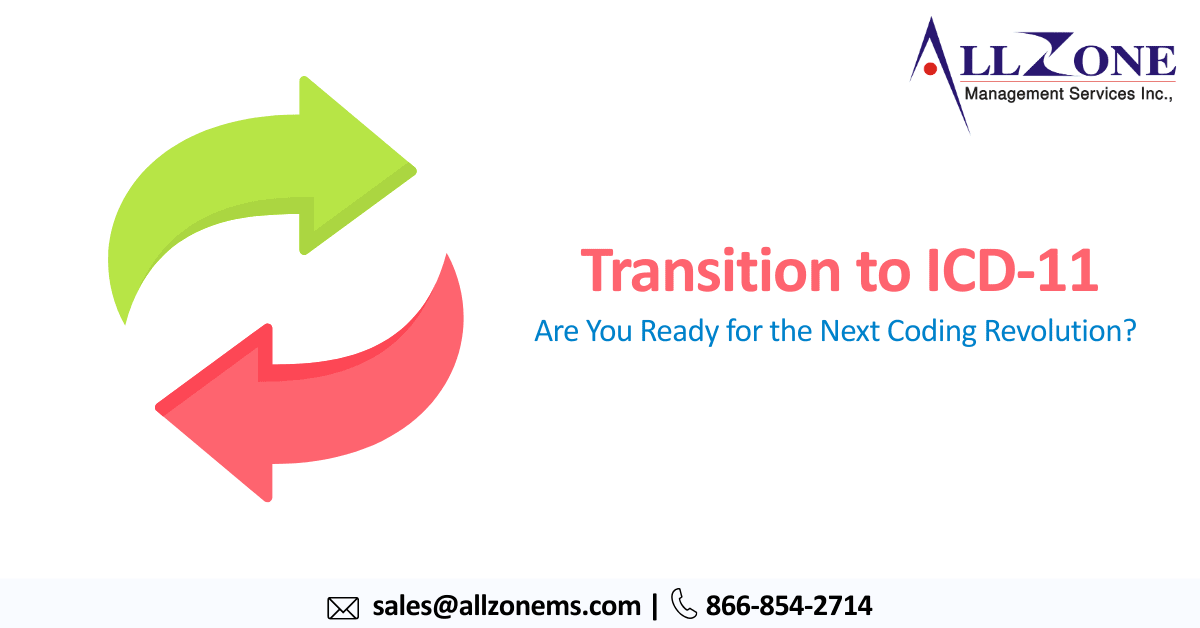ICD-11 transition: The healthcare landscape in the United States is on the cusp of a significant transformation. In October 2025, the long-awaited transition from ICD-10 to ICD-11, the International Classification of Diseases, Eleventh Revision, will take effect. This update promises a more comprehensive, granular, and clinically relevant coding system, impacting everything from patient care documentation to reimbursement.
This newsletter delves into the intricacies of ICD-11, exploring its key features, potential benefits, and implementation challenges. We’ll equip you with the knowledge and resources necessary to navigate this significant shift and ensure a smooth ICD-11 transition for your organization.
Understanding ICD-10 and Its Limitations
For decades, ICD-10 has served as the foundation for diagnosing and classifying diseases in the United States. While it has provided a standardized approach to coding, limitations have become increasingly evident. ICD-10’s limited capacity to capture the growing complexity of diseases, the emergence of new conditions, and the evolving understanding of mental health are just a few shortcomings.
Introducing ICD-11: A More Granular and Nuanced Approach
Developed by the World Health Organization (WHO), ICD-11 addresses the limitations of its predecessor. Here’s a breakdown of its key features:
-
- Enhanced Specificity: ICD-11 introduces a more granular coding structure, allowing for more precise diagnoses. This includes additional subcategories for existing conditions and the ability to code for co-occurring conditions with greater detail.
- Focus on Public Health: The new system prioritizes public health needs by incorporating categories for social determinants of health, environmental factors, and occupational hazards. This allows for a more holistic understanding of patient well-being.
- Integration of Traditional Medicine: Recognizing the growing acceptance of traditional medicine practices, ICD-11 incorporates a dedicated chapter for classifying diagnoses and interventions used in these systems.
- Improved Usability: The ICD-11 offers a more user-friendly interface with electronic browsing capabilities and a streamlined structure. This can significantly improve coding efficiency and accuracy.
Benefits of Transitioning to ICD-11
The implementation of ICD-11 has the potential to revolutionize healthcare delivery in the United States. Here are some of the anticipated benefits:
-
- Improved Patient Care: More precise coding facilitates better diagnosis and treatment planning, ultimately leading to improved patient outcomes.
- Enhanced Public Health Surveillance: The ability to capture data on social determinants of health and environmental factors allows for more effective public health interventions.
- Streamlined Reimbursement: With more accurate coding, healthcare providers can expect smoother reimbursement processes and reduced claim denials.
- Global Interoperability: The adoption of ICD-11 fosters a standardized language for healthcare data, facilitating collaboration and research efforts on a global scale.
Challenges and Considerations for a Smooth ICD 11 Transition
While the benefits of ICD-11 are undeniable, transitioning to a new coding system presents challenges. Here are some key considerations:
-
- Training and Education: Healthcare professionals, coders, and other stakeholders will require comprehensive training on the new codes and their application.
- Software Updates: Existing healthcare IT systems will need to be updated to accommodate the new coding structure.
- Data Migration: Migrating existing coded data to the new system requires careful planning and execution to ensure data integrity.
- Cost Implications: Training, software updates, and data migration can incur significant costs for healthcare organizations.
Preparing for the ICD-11 Rollout
A proactive approach is crucial for a successful transition to ICD-11. Here are some steps your organization can take:
- Establish a Transition Team: Form a dedicated team responsible for overseeing the implementation process, including training, communication, and system updates.
- Develop a Training Plan: Invest in comprehensive training programs for coders, physicians, and other staff to ensure they understand the new codes and their application.
- Evaluate and Update IT Systems: Assess your existing healthcare IT infrastructure and update it to accommodate the ICD-11 coding structure.
- Develop a Communication Strategy: Communicate the upcoming ICD11 transition to all stakeholders, including patients, providers, and payers.
- Stay Informed: Regularly monitor updates and resources from the Centers for Medicare & Medicaid Services (CMS) and other relevant organizations.

